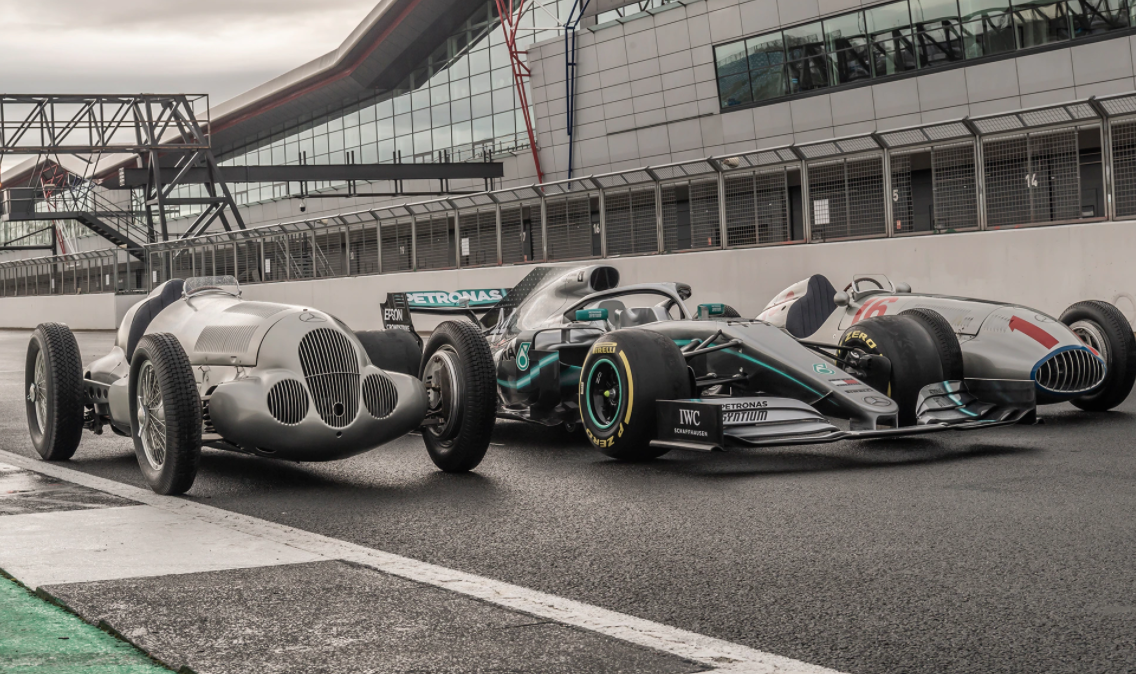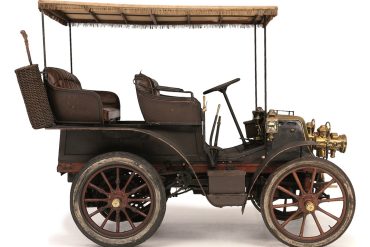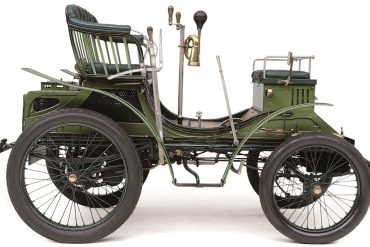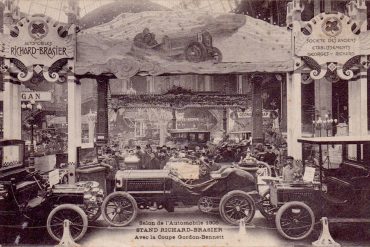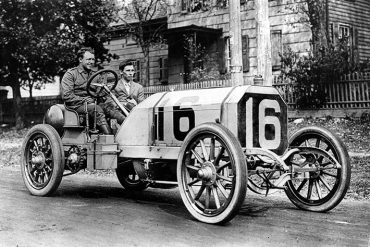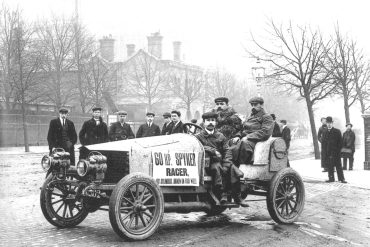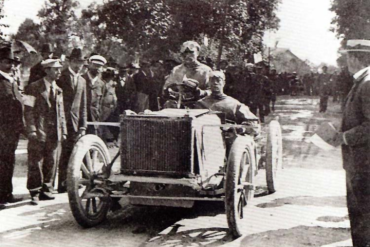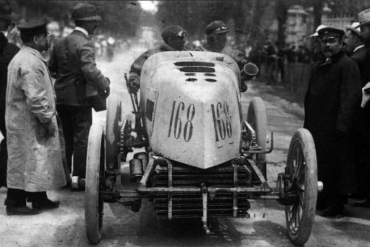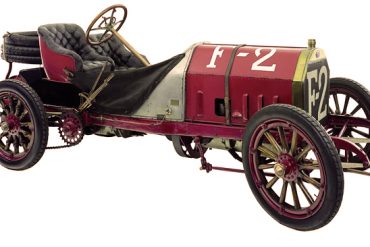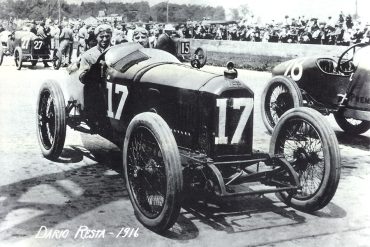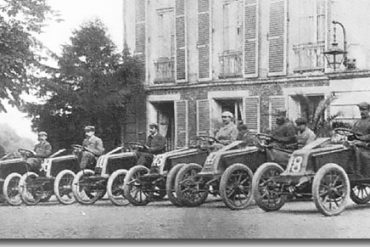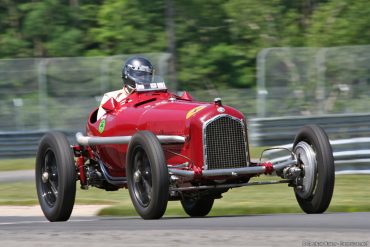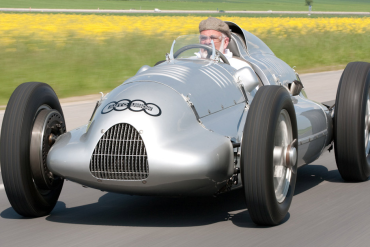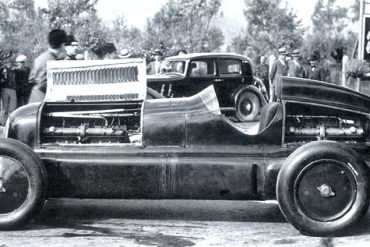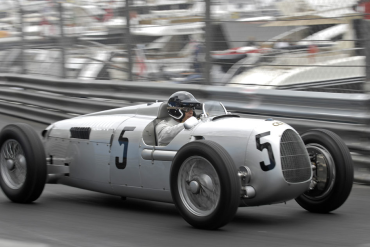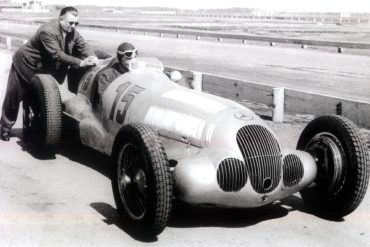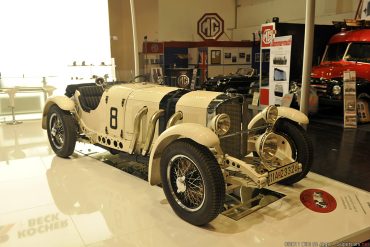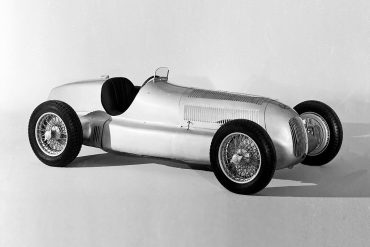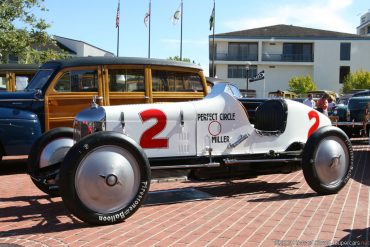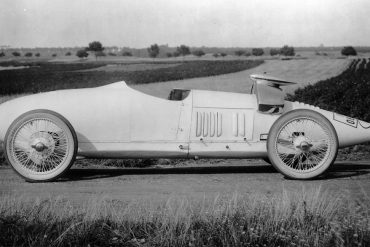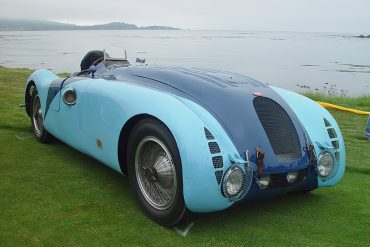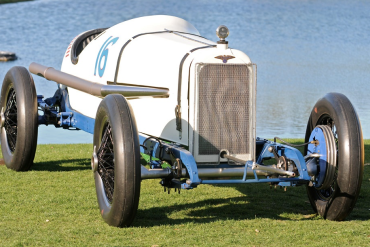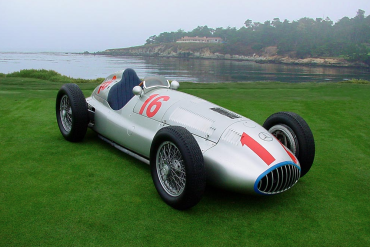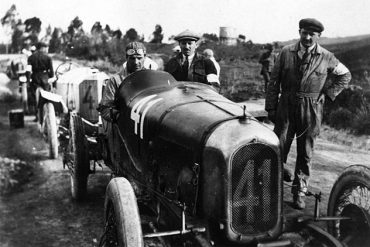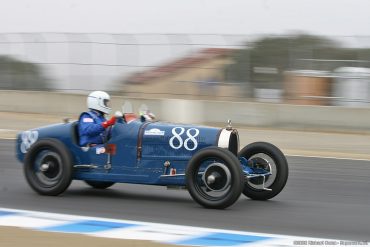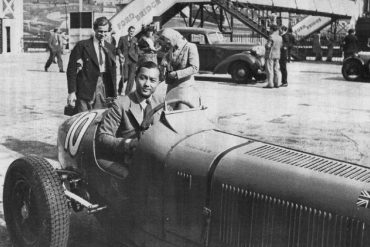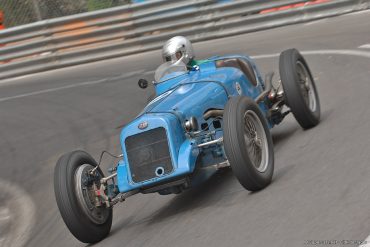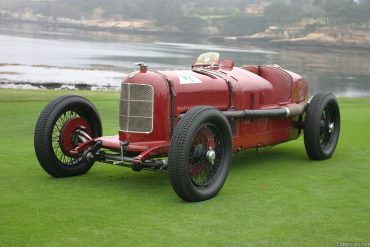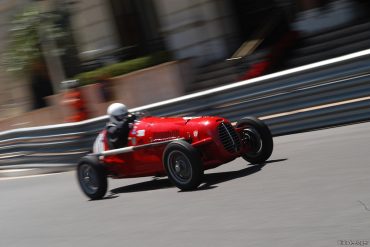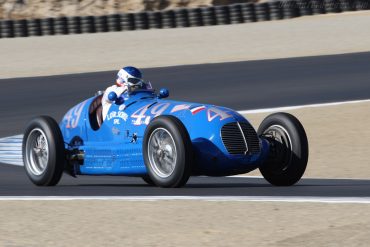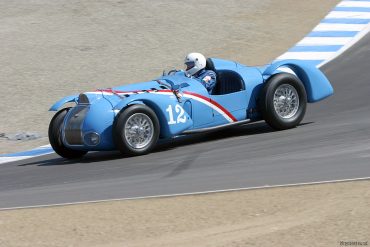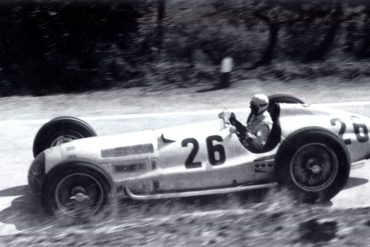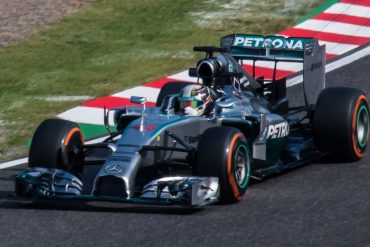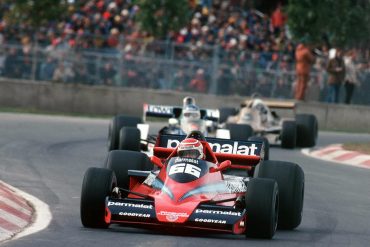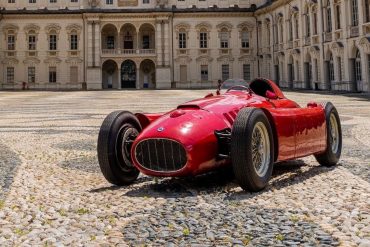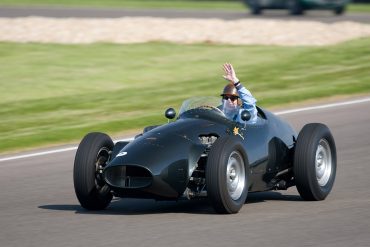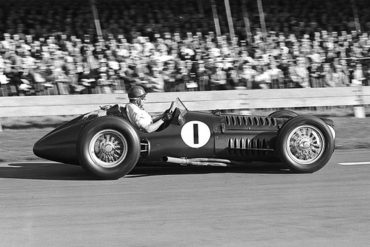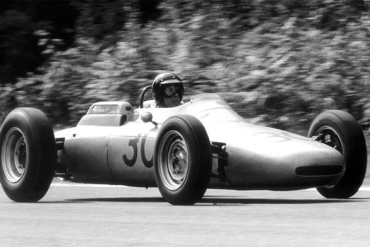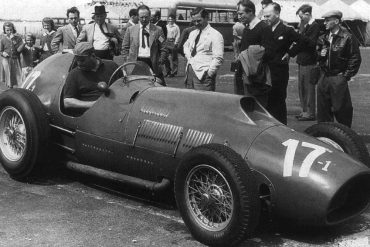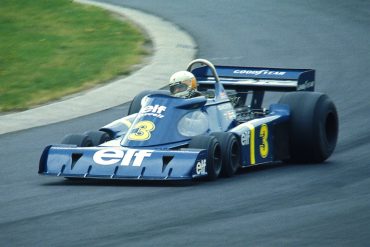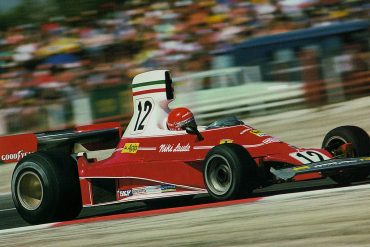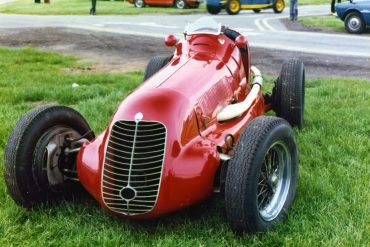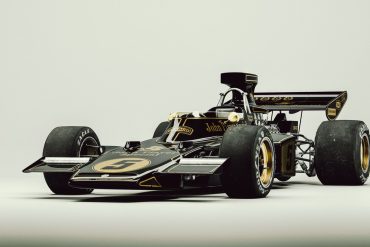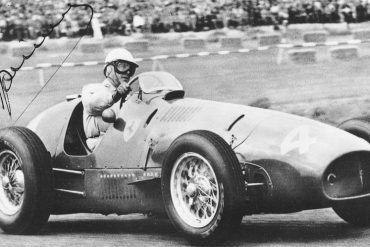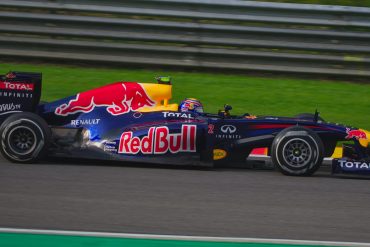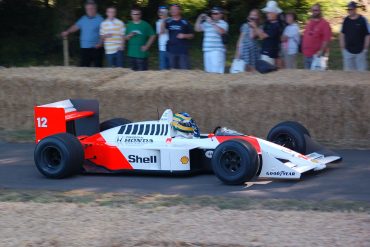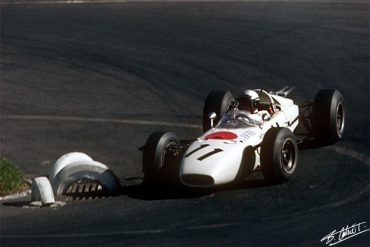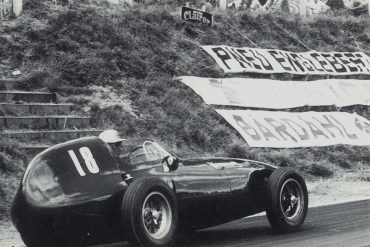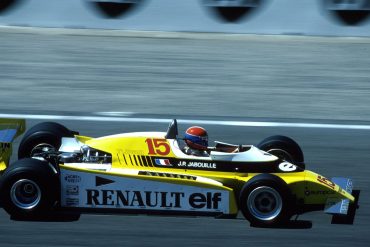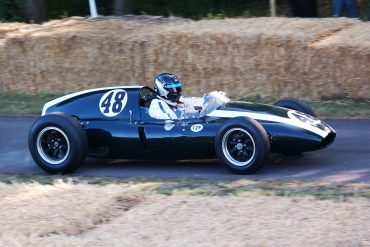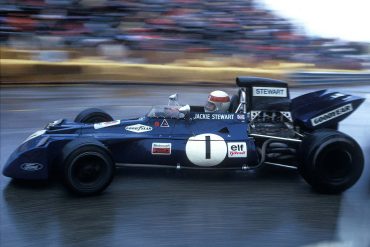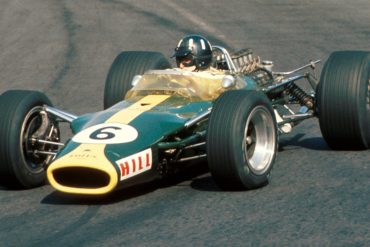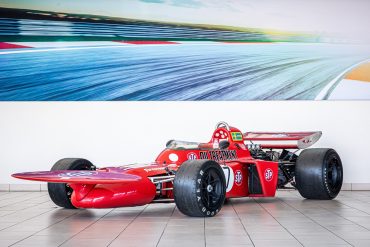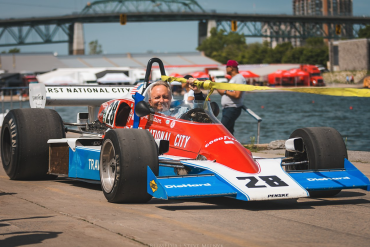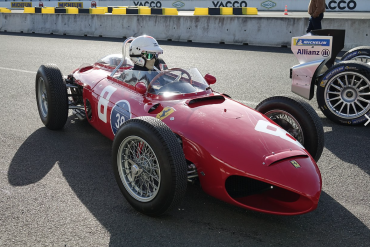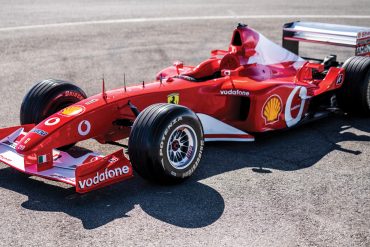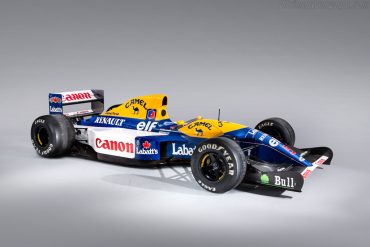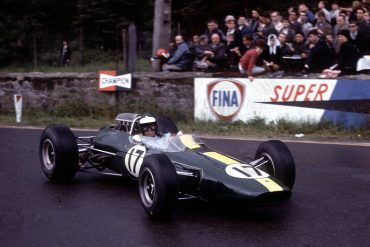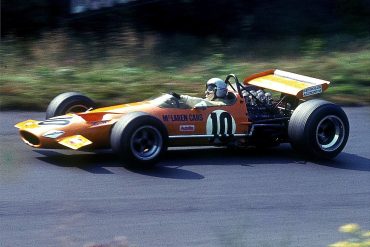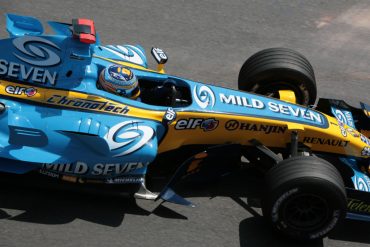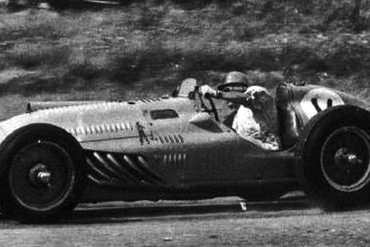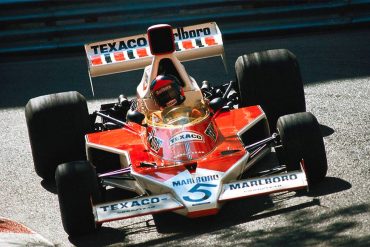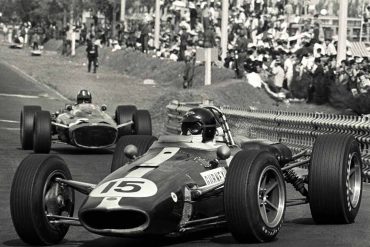Panhard et Levassor Rene Panhard was an engineer whose business, based in Paris, made woodworking tools. In 1887...
The Most Iconic Race Cars Ever Made
The Greatest Grand Prix & Formula 1 Cars
Here is a look back at some of the race cars that defined Grand Prix racing since the early days. We have broken these cars into three broad groups. The pre-war cars that were really the world's first formal race cars. The names are forgotten but note that these were special cars made by the best of the best of the era. The next group is the post-war grand prix race cars, with familiar names like Bugatti, Ferrari, Maserati and Alfa Romeo all featured. The final group is that of the official era of Formula 1, the post 1950 era of modern F1 cars. We don't cover every single car, just the ones we feels are special and iconic, the cars that changed the game.
Pre-War Grand Prix Cars (The First Race Cars)
The Early 1900s. Motor racing started to take shape in France around 1884, quickly evolving from simple races from one village to another to sophisticated events. Before the outbreak of WW2, F1 was known purely as Grand Prix. It was an era of danger, dashing drivers and amazing cars.
Post-War Race Cars (The Pace Increases)
New road racing circuits were being built throughout Europe, riding mechanics were banned and the first World Championship was organized and included the French, Italian and Belgian Grand Prix and the Indianapolis 500. This championship was between manufactures rather than drivers. Alfa Romeo won that inaugural year and celebrated the victory by incorporating a laurel wreath into its badge. It was an era of rapid development and growth. We saw names like Bugatti, Mercedes and Ferrari, as well as the fearsome Silver Arrows from Germany. After 6 years of World War II, most of Europe lay in ruins including much of its automobile industry. Germany was still banned from racing when in September of 1945 the first race meeting were held. World War Two ended in Europe in May 1945 and by September the first postwar meeting was taking place.
Formula 1 Race Cars
In 1950 a World Championship for drivers was introduced. The championship would be decided based on the results of seven races: the British, Swiss, Monaco, Belgium, French and Italian Grand Prix and the Indianapolis 500. The era of Formula 1 had begun. The cars that have defined racing since then were largely a result of the rapid change in technology and rules governing the sport. The cars we remember are the ones that pushed the limits and found ways to change the game.


